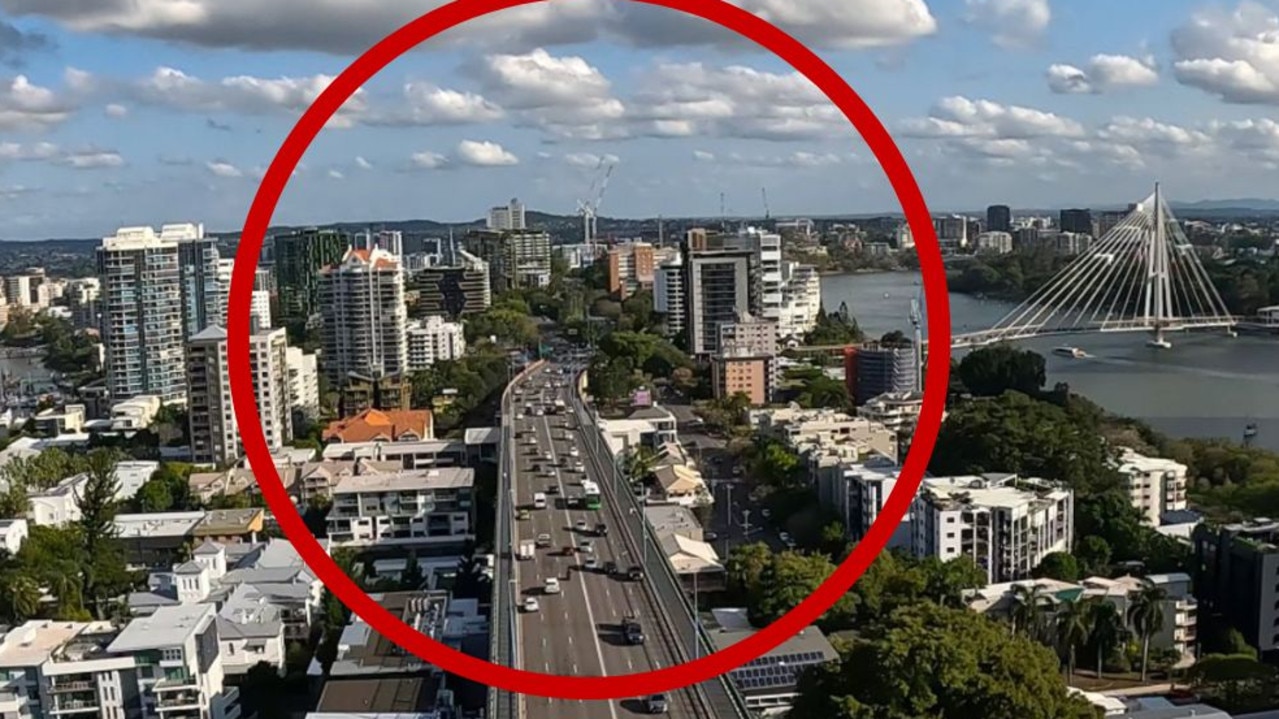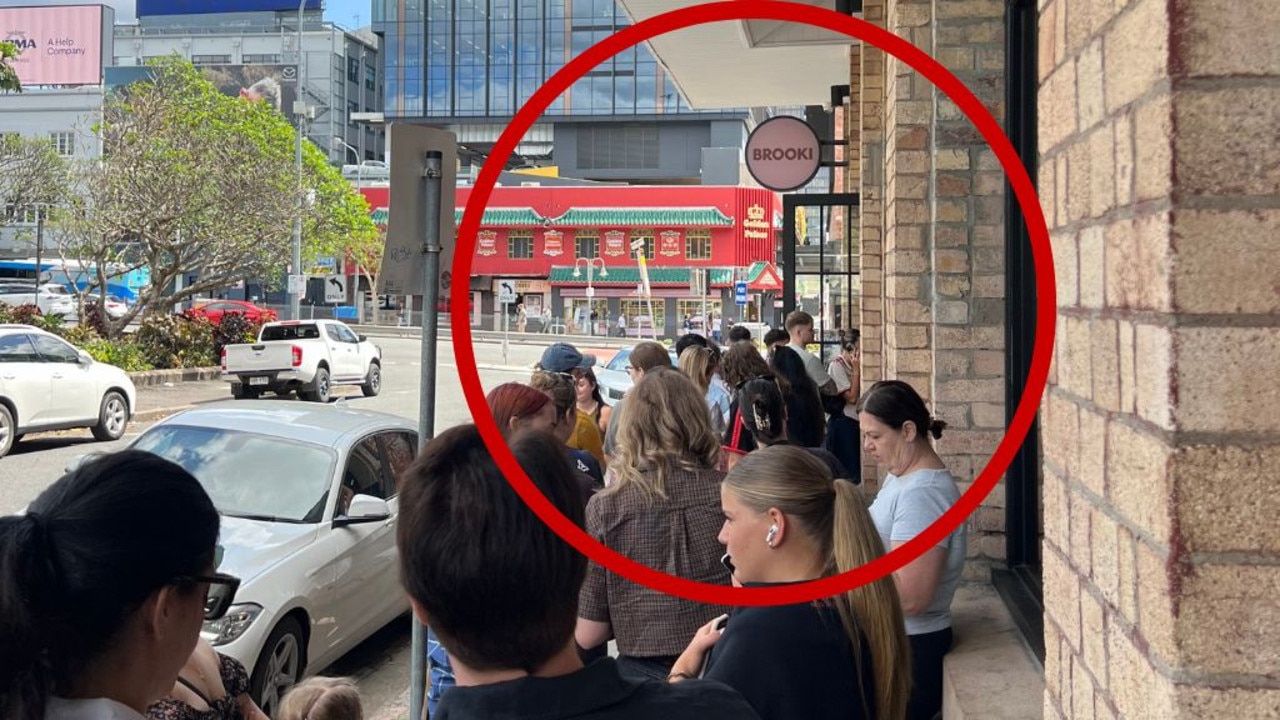Sad reason Aussies must visit this stunning place now
There’s a sad reason every Aussie needs to visit this breathtaking place immediately, before it’s too late – and they’ll regret it if they don’t.
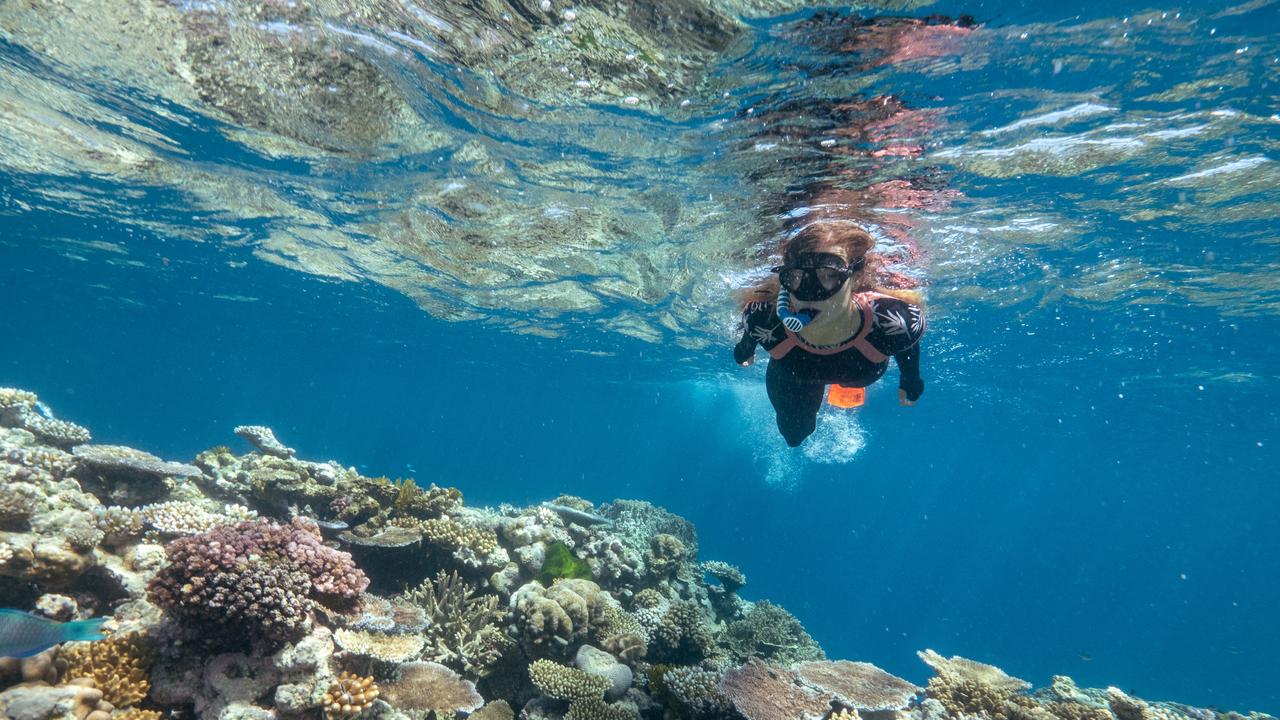
One glimpse beneath the ocean surface reveals why the Great Barrier Reef is one of the seven natural wonders of the world.
Stretching 2,600km along Australia’s northeastern coast, earth’s largest breathing formation is the only living mass visible from space. It is deservedly known as the jewel in the crown of our stunning country.
But as the climate crisis decimates coral reefs, the gem is losing its shine. Now experts fear D-Day is approaching, due to a looming El Nino warming the waters and bleaching reefs.
That’s why you need to get to the slice of paradise now — and it’s why I was eager to visit it myself upon a recent road trip in Far North Queensland.
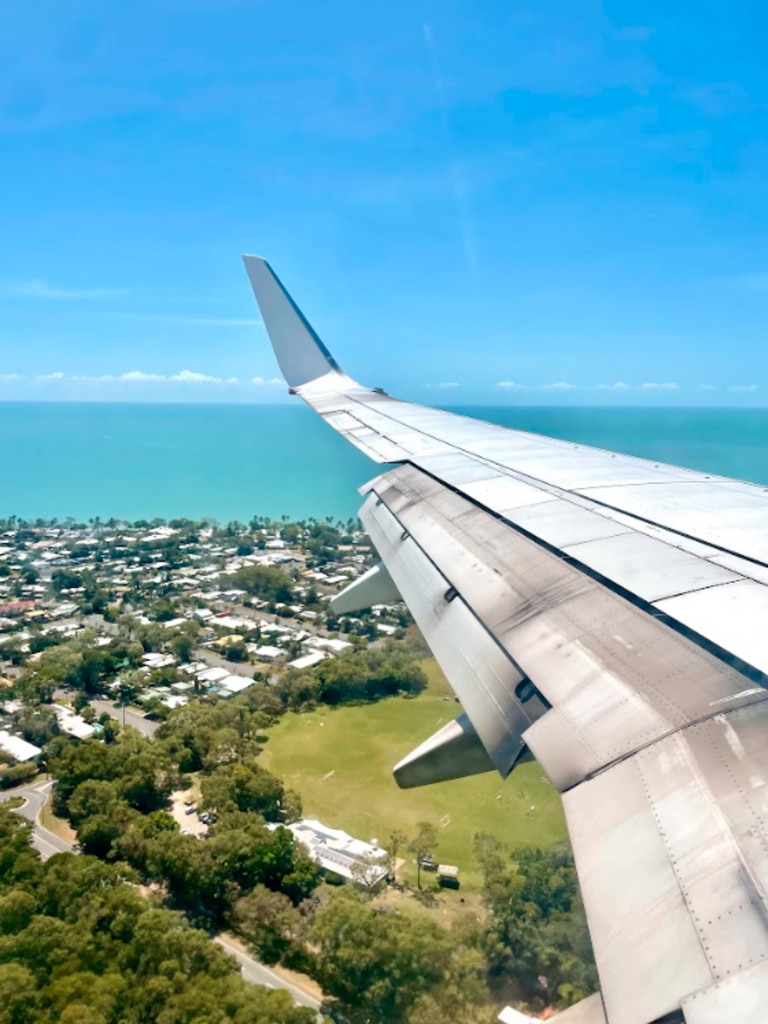
Doom and gloom aside, Far North Queensland is a breathtaking destination where time moves slower, the sun shines brighter and the water is a gorgeous shade of turquoise that photos can’t do justice.
A few weeks ago, I headed to the tropics with my partner for a long weekend escape from the hustle and bustle of Sydney.
We grabbed some car snacks and drove the short 27-hour route to Cairns… just kidding.
While we were excited for road tripping once we got to the region, we opted for a three-hour flight from Sydney to Cairns – a quick and comfortable way to travel 2,421km.
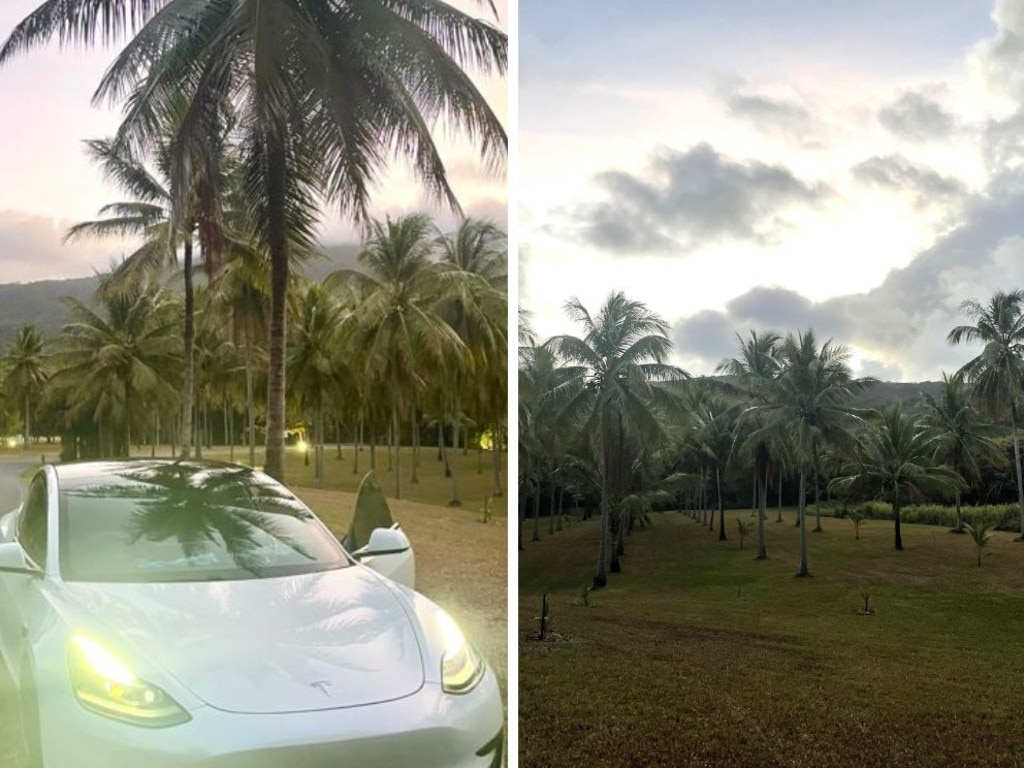
That being said, if you enjoy very long car rides or you’re taking on an epic Australia-wide trip, travelling by land is an option, and there would no doubt be some beautiful spots to explore along the way. Of course, you may be heading there from somewhere much closer than Sydney, from which driving wouldn’t take up the whole weekend.
Day one
Once we got to Cairns Airport, we picked up a Tesla Model 3, after deciding the diverse landscape of the area is best explored and appreciated on a road trip.
We chose the battery electric mid-size vehicle mainly because of its eco-friendly design. As mentioned, the environmental threats facing the region are tragic, so we wanted to leave the lightest possible carbon footprints while zooming around.
We didn’t want to waste any time lining up in busy airport queues to hire the car, and thanks to pre-booking the Tesla on the Turo app, we didn’t have to.
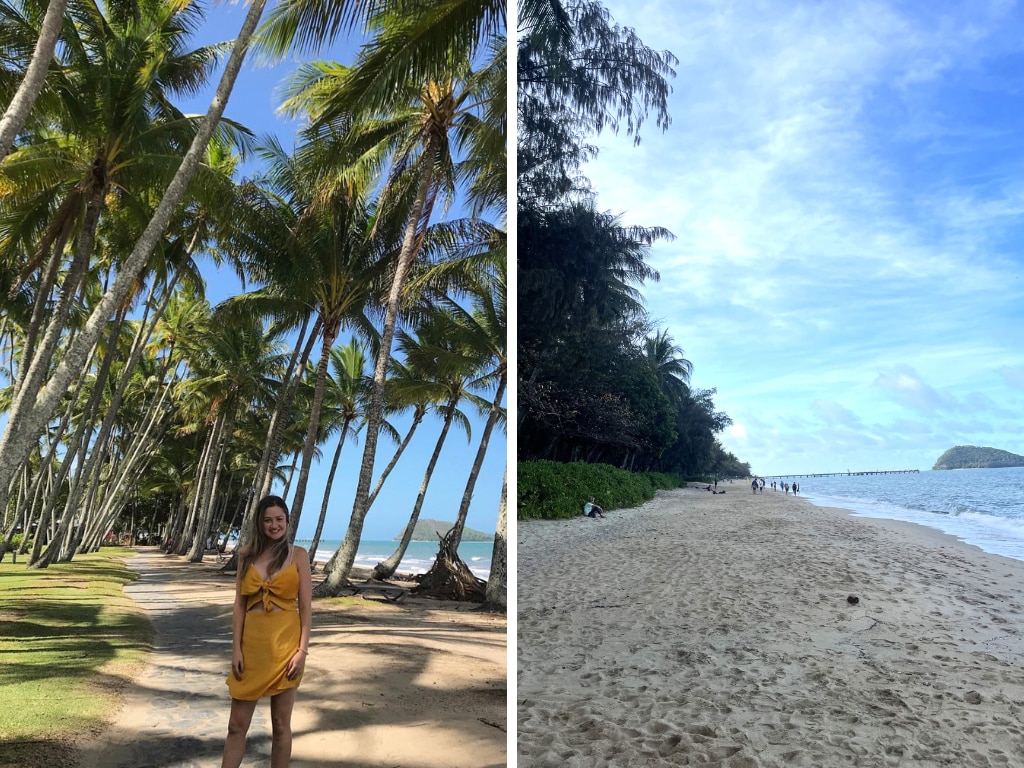
Unlike traditional brick and mortar car hire companies, Turo is a smartphone application and website, making the pick-up and drop-off quick and seamless.
And when you’re on a short trip, this can come in very handy.
After checking in with the app, grab the keys – or not, if it’s a key-free Tesla – take photos to keep track of potential damage, and hit the road.
If you’re worried about hot to get to the location to pick up the car, if it’s not at the airport, some hosts actually deliver the car to you.
You can also cancel for free up to 24 hours before your trip – but for us, this wasn’t going to happen as we were ready and excited to hit the road.
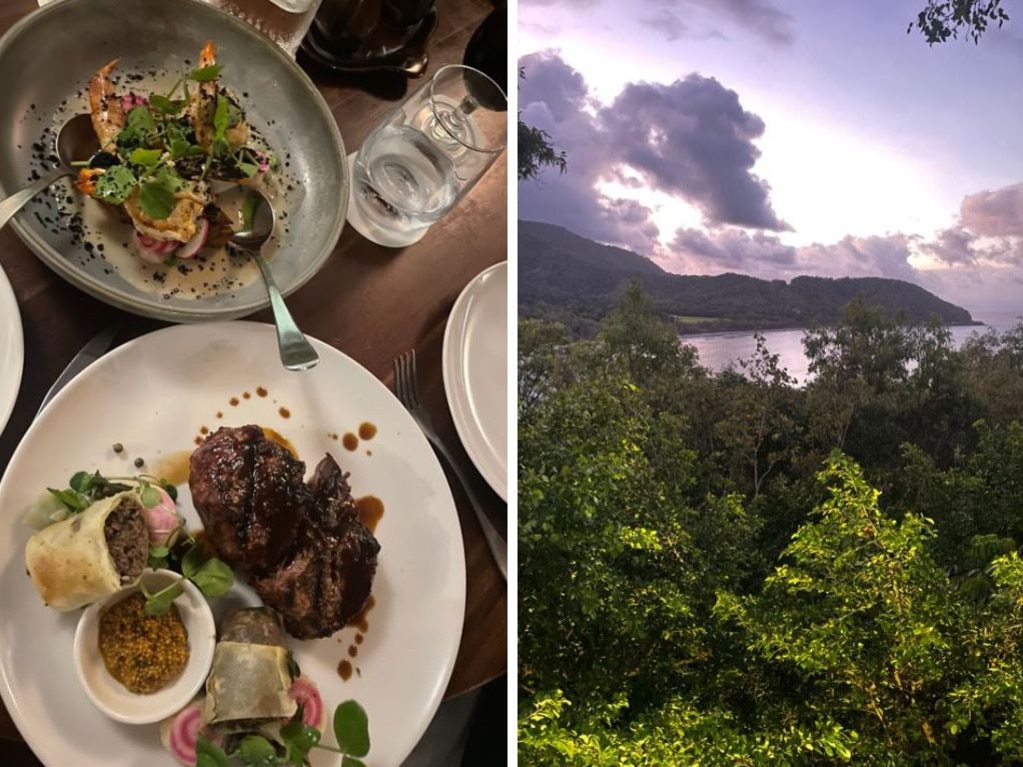
Once we got moving, we cranked the tunes and headed to the first stop of our Far North Queensland road-trip, pristine Palm Cove. Named after the postcard-like palm trees which line the beach, the tiny beachside village is an easy 25-minute drive north of Cairns.
The gorgeous enclave consists of several luxury hotels and fine-dining restaurants, but we chose to hang out and play cards on the sand as we took in the view.
Next, we continued driving half an hour north to the spectacular Thala Beach Nature Reserve, where we ate a delicious dinner at Osprey’s Restaurant.
Nestled among the treetops, we got to the restaurant just before sunset so we could admire its sweeping views of the coral sea and Daintree Rainforest mountains.
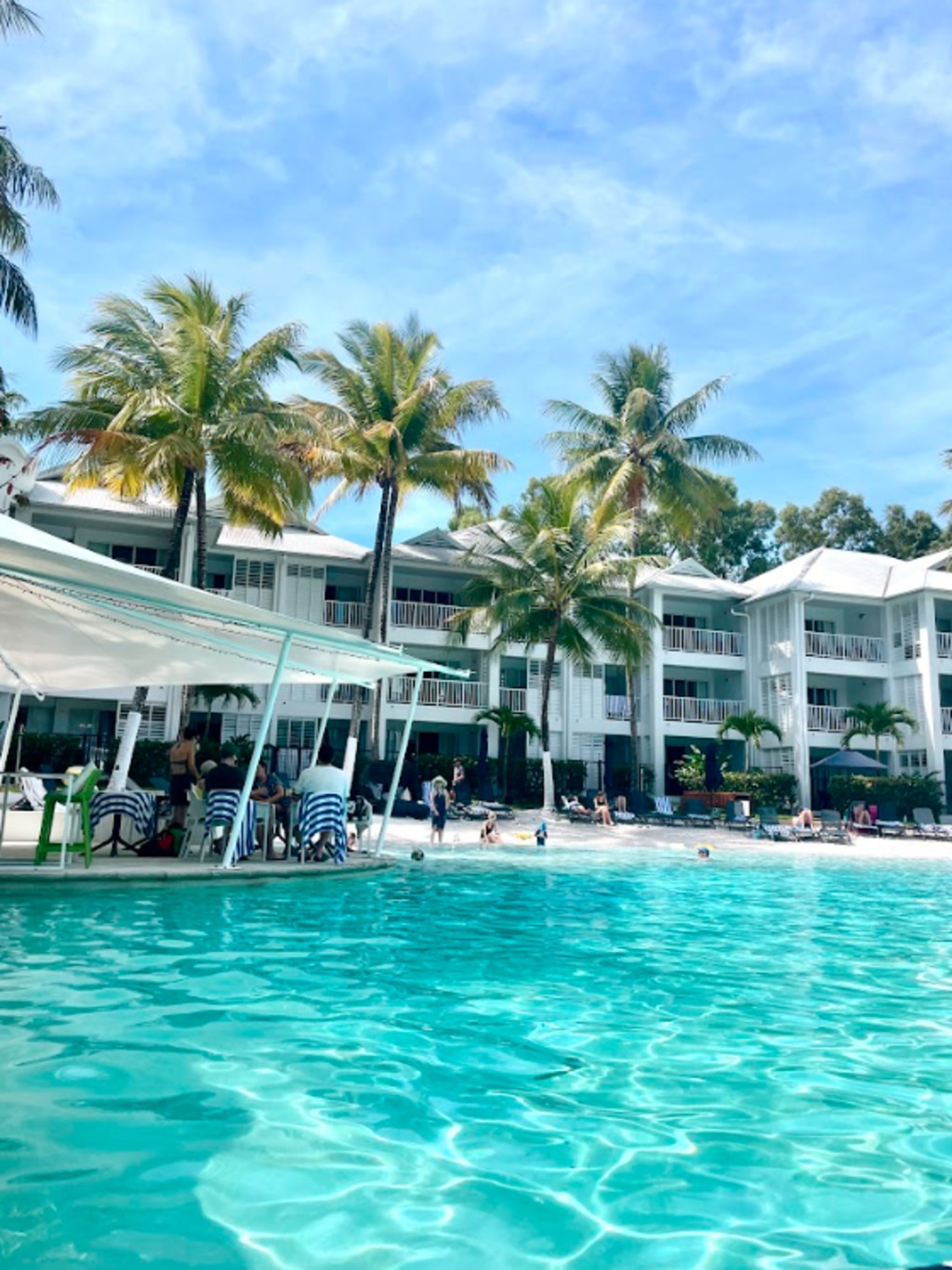
One of the best parts about visiting the private headland was driving through the iconic palm tree plantation to get there.
My partner and I shared the delicious scotch fillet with beef cheek pastilla, green peppercorn and sage, as well as the tasty chargrilled prawns with sesame yam, lemongrass and coconut broth.
After dinner, we drove a short 15 minutes to Port Douglas to stay at our luxury 5-star resort, Peppers Beach Club. We were glad their beds were comfortable as we were knackered.
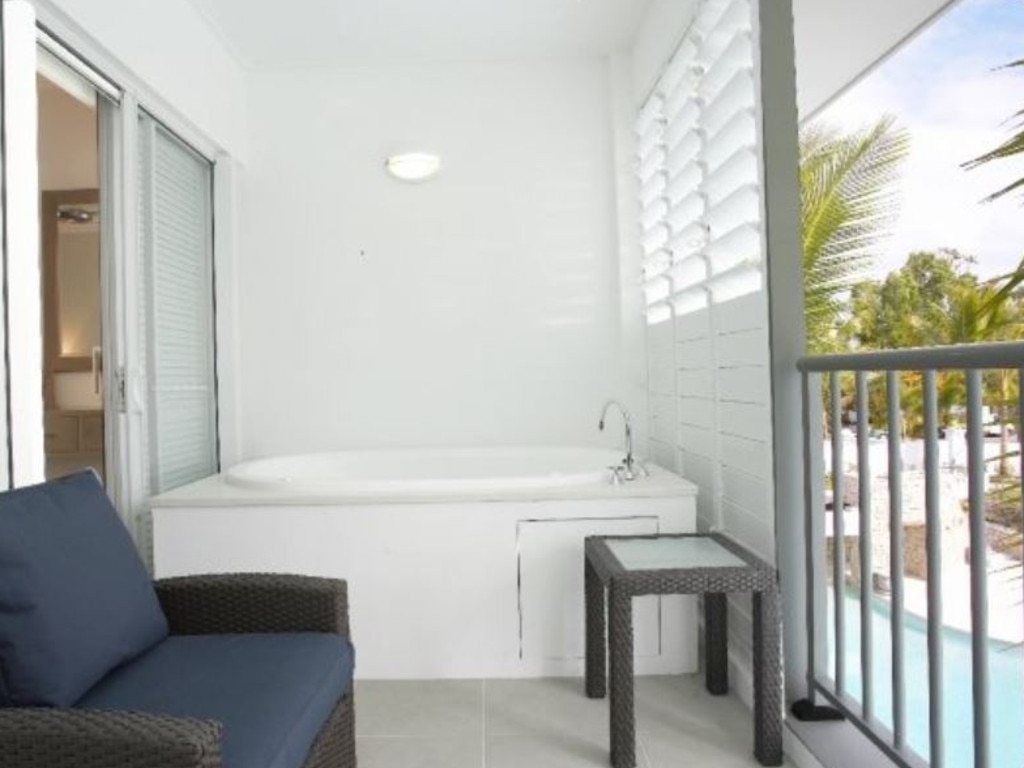
Day two
With the sunlight pouring into our room, we were able to appreciate the beauty of the resort.
Nestled in between Queensland’s famous four mile beach and Port Douglas’ renowned restaurant and bar scene, Peppers Beach Club is the perfect spot to relax. But there was no time for that just yet. After enjoying a buffet breakfast, we were off to explore the Great Barrier Reef – somewhere I had always wanted to visit.
We took a Quicksilver catamaran to a reef at the very edge of Australia’s continental shelf, where we watched fish feeding from an underwater observatory.
My partner went on a snorkelling tour, which he loved. As a keen scuba diver, I opted to plunge several metres into the diverse underwater world, where I marvelled at clownfish (nemos), turtles, manta rays and giant clams.
As amazing as this experience was, it was somewhat tainted for a brief moment by the several snorkels I saw resting on the ocean floor. It was upsetting seeing toxic plastic among the colourful marine life. Speaking to staff about this, they reiterated to passengers the need to leave nothing behind.
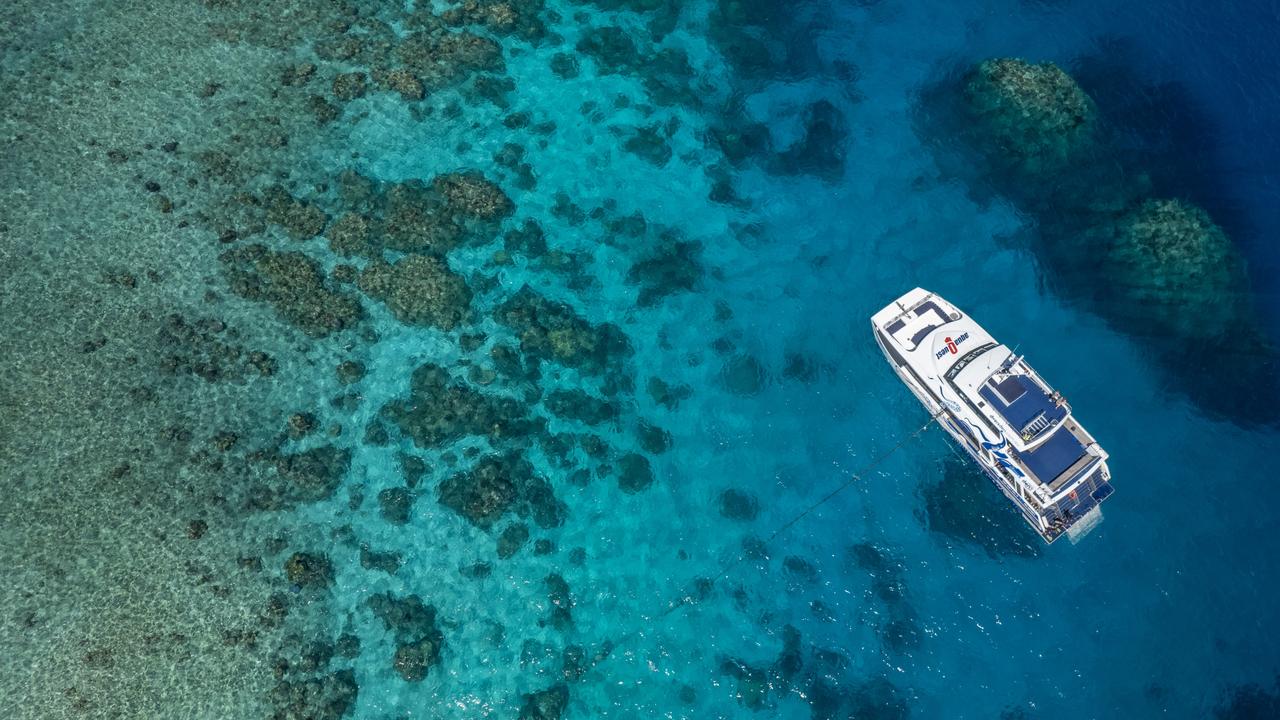
This brings me back to the depressing yet important reality that the Great Barrier Reef is dying.
That’s according to a Professor of School of Biological Sciences at the University of Queensland, Ove Hoegh-Guldberg. In an article for The Conversation, he wrote it was “not a hyperbole to say the next two years are likely to be very bad” for the reef.
While the United Nations World Heritage Committee officially kept the Great Barrier Reef off its list of sites “in danger” for another year, as generally cooler La Niña conditions helped improve water quality, there were still four mass coral bleaching events since 2016.
Professor Ove Hoegh-Guldberg warned we could expect more as global temperatures continue to soar, and went as far to write “we’re facing D-Day for the Reef”.
That’s because the world is having its hottest days on record, and, coupled with a looming El Nino, he said the reef will is likely to face its hottest waters yet. “If the water stays too hot for too long, the corals simply die en masse,” Professor Ove Hoegh-Guldberg wrote.
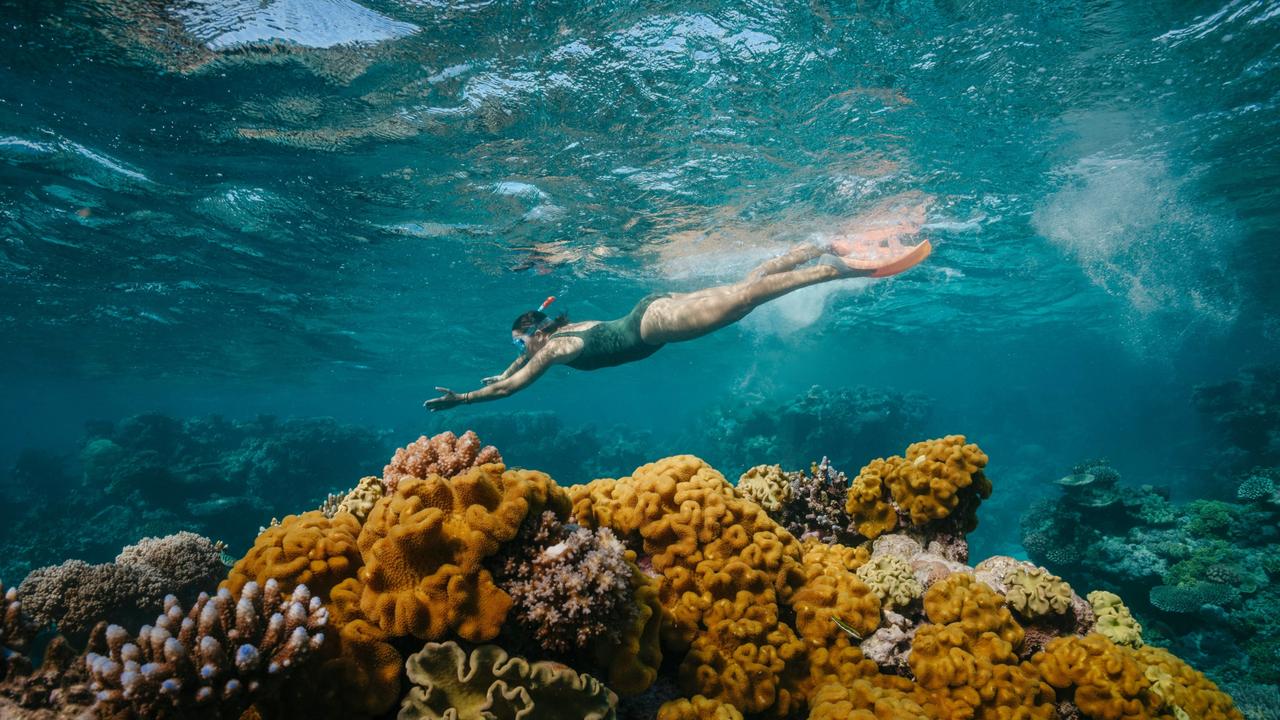
While environmental experts believe the government needs to do more to help save the reef, the WWF Australia website lists 10 ways Aussies can help it too, including when they visit.
Meanwhile, after our incredible reef tour, we settled back into our resort and ate fresh seafood at the beach club’s Koko Poolside Bar & Kitchen.
We were lucky enough to stay in a spa suite and enjoyed the hot tub on the balcony. It was the perfect way to unwind after an adventure-filled day.
Day three
Waking up on our third day, we realised we hadn’t had much time to really relax. And what better place to do this than the resort’s glistening pool surrounded by soft sand and the bar.
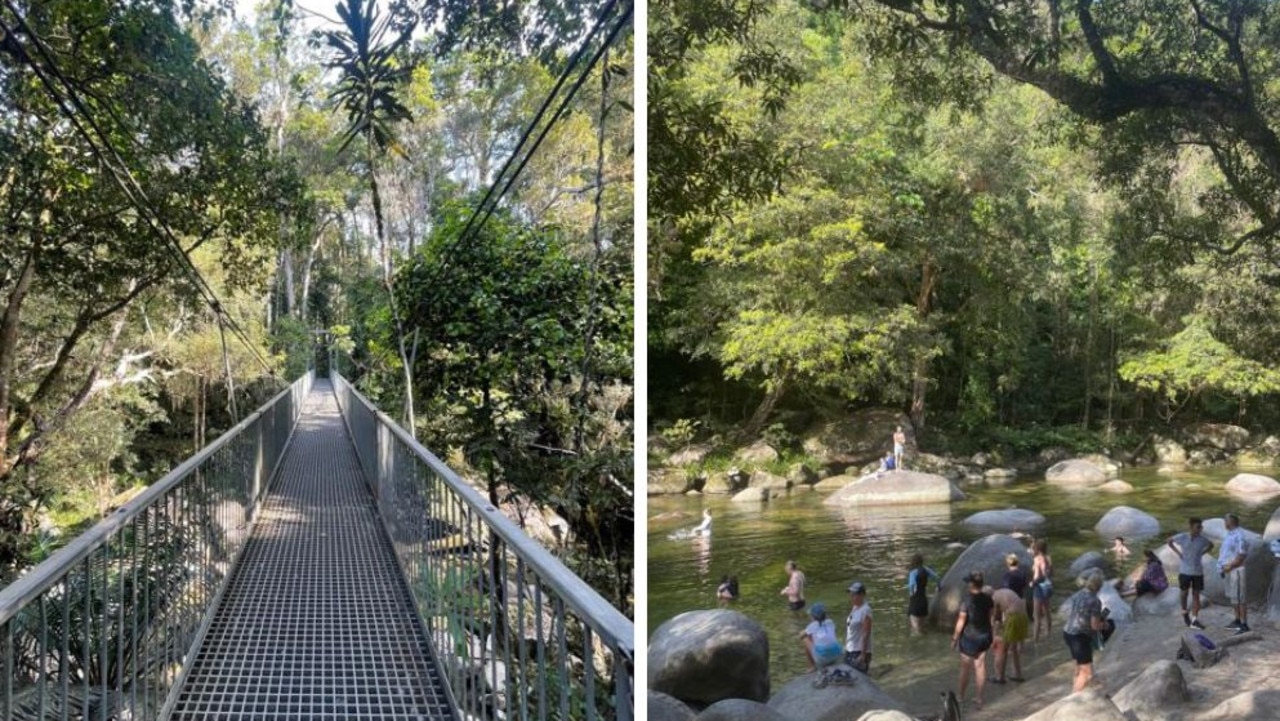
After a couple of hours lazing by the water, we got a massage. While there is no spa at Peppers Beach Club, the accommodation arranged for in-room services with a mobile spa company.
Before heading back to the airport, we got some pizza in the pretty yet laid back town centre at Port Douglas and went on a short hike through the breathtaking Daintree Rainforest. We went to the Mossman Gorge on the south-side of the World Heritage site and last remnant of the world’s oldest surviving rainforest. Standing underneath the ancient giants that are believed to be some of earth’s oldest trees and looking up to the flightless dinosaur-like birds was a special way to end our incredible Far North Queensland holiday.
Despite our jam-packed few days in the tropical paradise, there was still so much more we didn’t have time to explore. We will definitely be back.
This writer travelled to Far North Queensland as a guest of Turo




